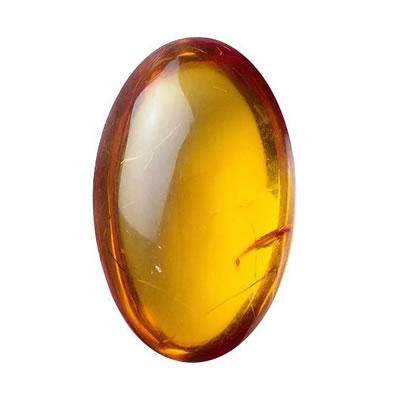Mystic Topaz

topaz family
Mystic Topaz jewelry
Etymology and history
The name "topaz" is may have been derived from the ancient Sanskrit word tapas meaning fire. Another theory presented by Pliny in the first century A.C.E. is that the name topaz was derived from the Greek word topazos or topazion - to seek, which was the name of an island in the Red Sea (known today as "Zeberget", or the "Island of St. John") which is thought to have been a source for the gem peridot, but not topaz, in ancient times.
Mystic Topaz description
Mystic Topaz is also known as Fire Topaz, Mystic Fire Topaz, Caribbean topaz, Alaska topaz, Alaskan ice and Rainbow topaz. These are all different terms used to describe the same gemstone treated by titanium vapor for a permanent rainbow of colors. "Mystic Topaz" is "real" Topaz that is coated to add color. Much of the Topaz that is found in nature is in fact colorless, or "white". To add color, Topaz can be coated with an ultrathin layer (film), which is similar to the coatings used on camera lenses. Pure topaz is clear and colorless, but can be found in many colors depending on the impurities found within its crystals. While topaz can be found in its natural state in a wide range of colors ranging from pale yellows, through oranges, reds to browns and even blues, most colored topaz's are heat-treated to bring out their color, or to change their color. It is rare to find a natural blue topaz, for example, but they do exist.
Mystic Topaz in jewelry
Mystic Topaz is primarily used for ornamental jewelry and one of the top jewelry pieces to find this stone are rings. This stone makes it perfect for any type of ring; in fact, many people are choosing this stone for an engagement ring, due to its beauty and style.
Occurrence
Brazil (Minas Gerais) is the most important supplier for topaz. Other deposits are in Afghanistan, Australia, China, Japan, Madagascar, Mexico, Myanmar, Namibia, Nigeria, Pakistan, Russia, Sri Lanka, Ukraine, United States and Zimbabwe.
Talk to Our Jewelry Experts
Monday to Friday from 9AM to 5PM EST













